Shoulder surgery (stabilization surgeries, open shoulder surgery)
The shoulder is one of the most complex and unstable joints in the body that can be easily injured. The shoulder joint consists of three bones: clavicula (collar bone), scapula (shoulder blade) and humerus. The shoulder is the most mobile joint in the human body.
What causes shoulder complaints?
Aging can lead to various shoulder problems, but in addition to wear, certain injuries or the overexertion of the shoulder can cause complaints. In some cases, shoulder pain is not caused by a shoulder joint problem, but by inflammation radiating from some other area.
One reason for shoulder instability can be the fact if the sphere of the upper arm is larger than the shoulder girdle holding it. To stay in a stable or normal position, the shoulder should be secured with muscles, tendons and ligaments.
Given that the bony base of the articular capsule is distinctly shallow, stabilization of the joint is aided by the cartilaginous rim of the articular cavity, surrounding tendons, and muscles. If these formulas are damaged, recurrent sprains (forward or backward sprains, sprains in different directions) may occur in addition to the unstable joint.
What happens before shoulder surgery?
- To make a diagnosis, our orthopaedic surgeon thoroughly examines the patient’s shoulder, takes an X-ray, and performs physical examinations.
- The surgeon interrogates the patient in detail (they should describe the pain exactly, whether they suffer from other joint pain, whether they have had any injuries in the past that may have affected the current condition of their shoulder). The surgeon then with the help of a few exercises examine the strength and range of motion of the shoulder joints.
- If a fracture is suspected, a CT scan, in the event of a rupture, an MRI scan will help establish an accurate diagnosis.

Which types of surgical procedures do we perform?
There are several types of surgery to treat traumatic or other muscle, connective tissue, or joint injuries of the shoulder. At Medicover Private Hospital, our experienced surgeons with many years of experience perform the following shoulder surgeries using modern techniques and equipment:
- stabilization surgery for shoulder joint sprain or cartilage injury
- stabilizing surgery for cartilage disc injury of the shoulder joint
- open shoulder surgery
- rotator cuff reconstruction
Stabilization surgery for shoulder joint sprain or cartilage injury
The goal of the surgery:
Elimination of recurrent anterior-lower sprain of the shoulder and associated pain by securing the ruptured ligaments and joint sheath that play a role in shoulder stabilization, to its place on the bony edge of the articular cavity. Recurring sprains are eliminated, and the shoulder can be used safely, usually in full or near full range of motion.
Technique of the surgical procedure:
The surgery is performed under “conductive” (plexus) anaesthesia or general anaesthesia.
In some cases, surgery can begin with arthroscopy (mirroring) of the shoulder, during which the condition of the joint is assessed, a rupture causing instability is observed, and both sides of the rotator cuff are viewed to clarify for the presence of any other injury. If the clear cause of the instability proves to be the detachment of the ligamental articular cavity, open stabilization surgery is performed.
We open the joint with a 5-8 cm incision made on the anterior side of the shoulder. After preparing the bony edge of the articular cavity, the joint capsule is sutured back to the articular cavity with 2-3 sutures and metal anchors to secure the sutures. At the end of the surgery, a suction-pipe is placed on the surgical site, if necessary, to avoid post-bleeding. After careful haemostasis, the wound is closed with sutures. In some cases, the procedure can be performed in a “covered” way, i.e. arthroscopically, which does not significantly affect the course of post-treatment and recovery.

Stabilizing surgery for shoulder joint cartilage ring disc injury
The goal of the surgery:
Elimination of recurrent frontal pain in the shoulder by securing the disc of the ruptured cartilage ring involved in shoulder stabilization, to its place on the bony articular cavity. Recurrent kinetic pain and instability disappear, the shoulder can be used safely, usually in full or almost full range of motion.
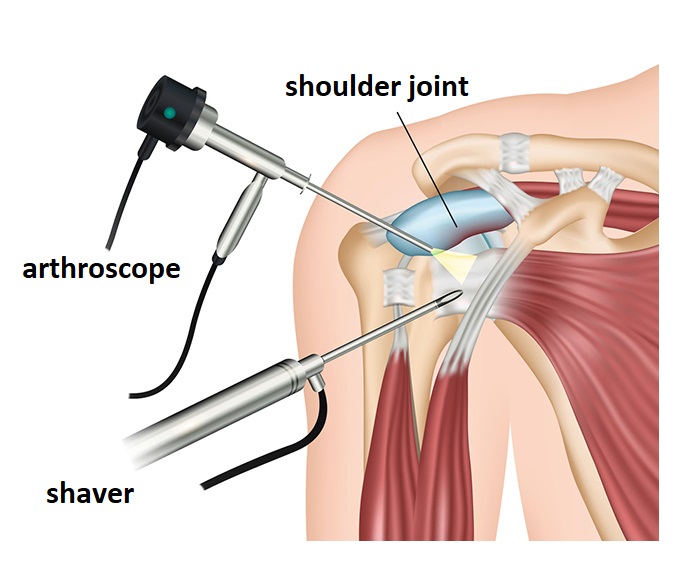
Technique of the surgical procedure:
The surgery is performed under “conductive” (plexus) anaesthesia or general anaesthesia.
Surgery begins with general arthroscopy (mirroring) of the shoulder, during which the condition of the joint is assessed, a rupture causing instability is observed, and both sides of the rotator cuff are viewed to clarify the existence of any other injury. If the clear cause of the instability proves to be the detachment of the bony articular cavity, stabilization surgery is performed.
We make a small opening in a specific place on the front of the shoulder, the so-called “work channel”. The actual procedure takes place through this. After preparing the bony edge of the articular cavity, we prepare the location of the fixing screws to be inserted, the anchor bolts are retracted and the ring is fastened to these bolts with pre-fixed threads.
At the end of the surgery, a suction-pipe is placed on the surgical site, if necessary, to avoid post-bleeding. Small wounds are closed with sutures.
Open shoulder surgery
The goal of the procedure:
Elimination of clavicle looseness, non- or partially healed sprain and associated pain, improvement of shoulder girdle function. The upward and fixed position of the clavicle is corrected. It is not necessary to remove the fixing threads used during surgery later.
Technique of the surgical procedure:
Surgery is performed under anaesthesia or guided plexus anaesthesia in a semi-sitting position. The surgical incision is approx. 8 cm and follows the so-called front jersey line. During the first step of the operation, the cartilaginous disc at the end of the collapsed and continuously painful collarbone, and the end of the collarbone are removed in an approx. 5-8mm slice. After that, the torn, so-called coracoclavicular ligament is replaced by the partial replacement of the coracoacromial ligament, while the clavicle is corrected to the position prior to injury.
At the end of the surgery, if necessary, a suction-pipe is placed in the joint to remove the leaking post-bleeding. After surgery, the arm is secured in a mesh or arm holder. The drain will be removed the next day, with the help of a physiotherapist, the physiotherapy begins, which will also have to be done at home (pendulum exercises and passively guided lifting). After the operation, the patient is discharged in the morning.
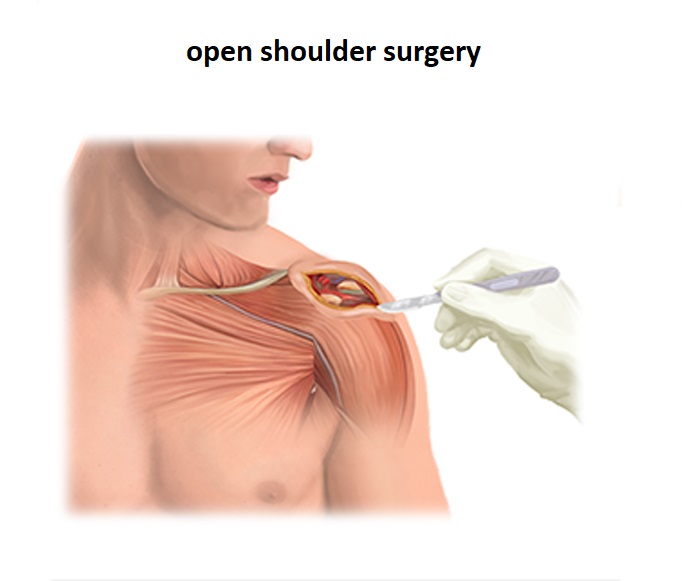
Sutures are collected around the 10th day after surgery. After that, months of physiotherapy begin to gradually regain shoulder movements and muscle strength. Physical work or sports activities can usually begin 5-6 months after surgery.
Rotator cuff reconstruction
Goal of the procedure:
Sewing of the torn shoulder muscle sheath (the so-called rotator cuff) by anchoring the muscle to the humerus to the original muscle adhesion site, resulting in the cessation or significant reduction of the pain of the painfully narrowed shoulder movements and improved range of motion. The patient’s quality of life improves.
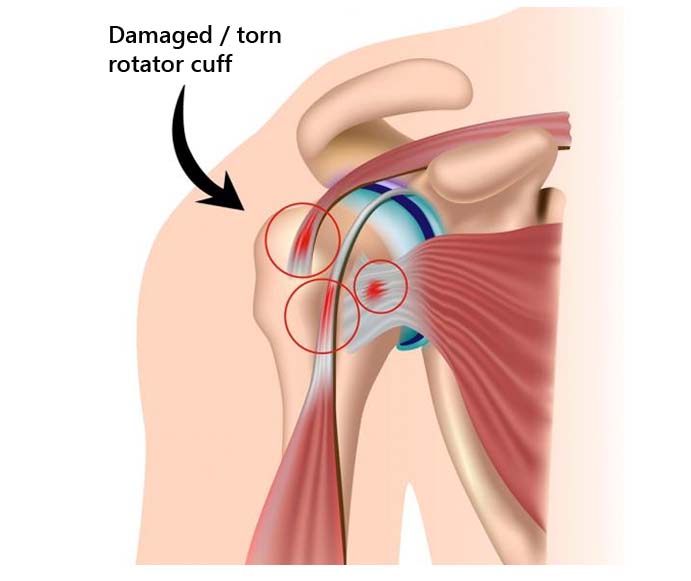
Technique of the surgical procedure:
The rotator cuff suture is performed under plexus anaesthesia or general anaesthesia. Surgery begins with general arthroscopy (mirroring) of the shoulder, which is used to assess the extent of rupture and the condition of the rotator cuff more accurately. If the rupture can be reconstructed based on these, the surgery will continue.
We create a so-called “work channel” through a small incision made on the frontal-sidelong part of the shoulder. The rotator cuff is freed from the scars and adhesions. The predetermined number (1-2) of the so-called anchor bolt is folded into the head of the upper arm. Depending on the size and location of the rupture, the tendon of the torn muscle is taken on an appropriate number of stitches and anchored to the prefabricated bolts.
Occasionally, a thin cannula and/or, if necessary, a suction-pipe is placed on the surgical site at the end of surgery to relieve postoperative pain. After careful haemostasis, the small wounds are closed with sutures.
What are the advantages and risks of shoulder surgery?
The shoulder joint is a vulnerable joint due to the large range of motion. In some poeple, frequent upward movements or traumas can damage shoulder tissues, resulting in shoulder joint pain, fixity, and weakness.
If the treatment methods used prove to be ineffective, the surgical procedure may be a solution to the still existing shoulder complaints. After the procedure, the shoulder pain is reduced, and its function is improved.
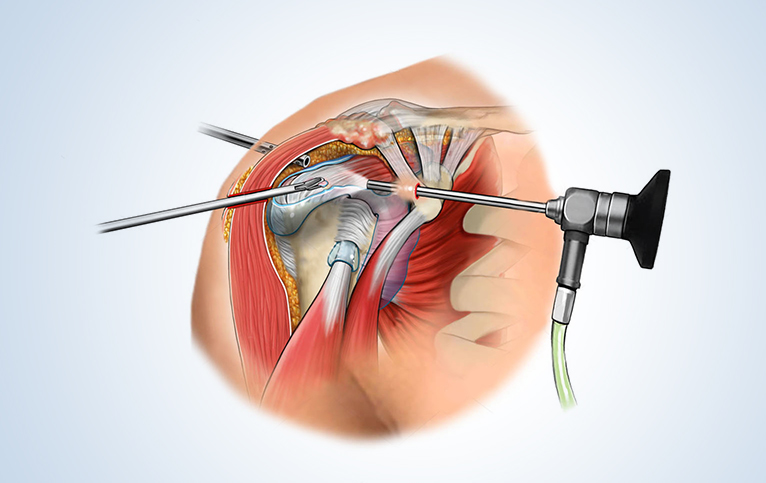
As with any surgical procedure, there are risk factors associated with shoulder surgery as well. These include infection, excessive bleeding, blood clots, and damage to blood vessels or nerves. However, complications following shoulder surgery are rare.
Our qualified doctors and nurses are at your disposal during your entire hospital stay and guarantee prompt and professional intervention in the event of any complications that may arise.
Am I fit for shoulder surgery?
Shoulder surgery is recommended for patients with persistent shoulder pain or reduced shoulder movement. For patients with shoulder injury for whom conservative treatments did not bring the expected improvement, surgery is also recommended.
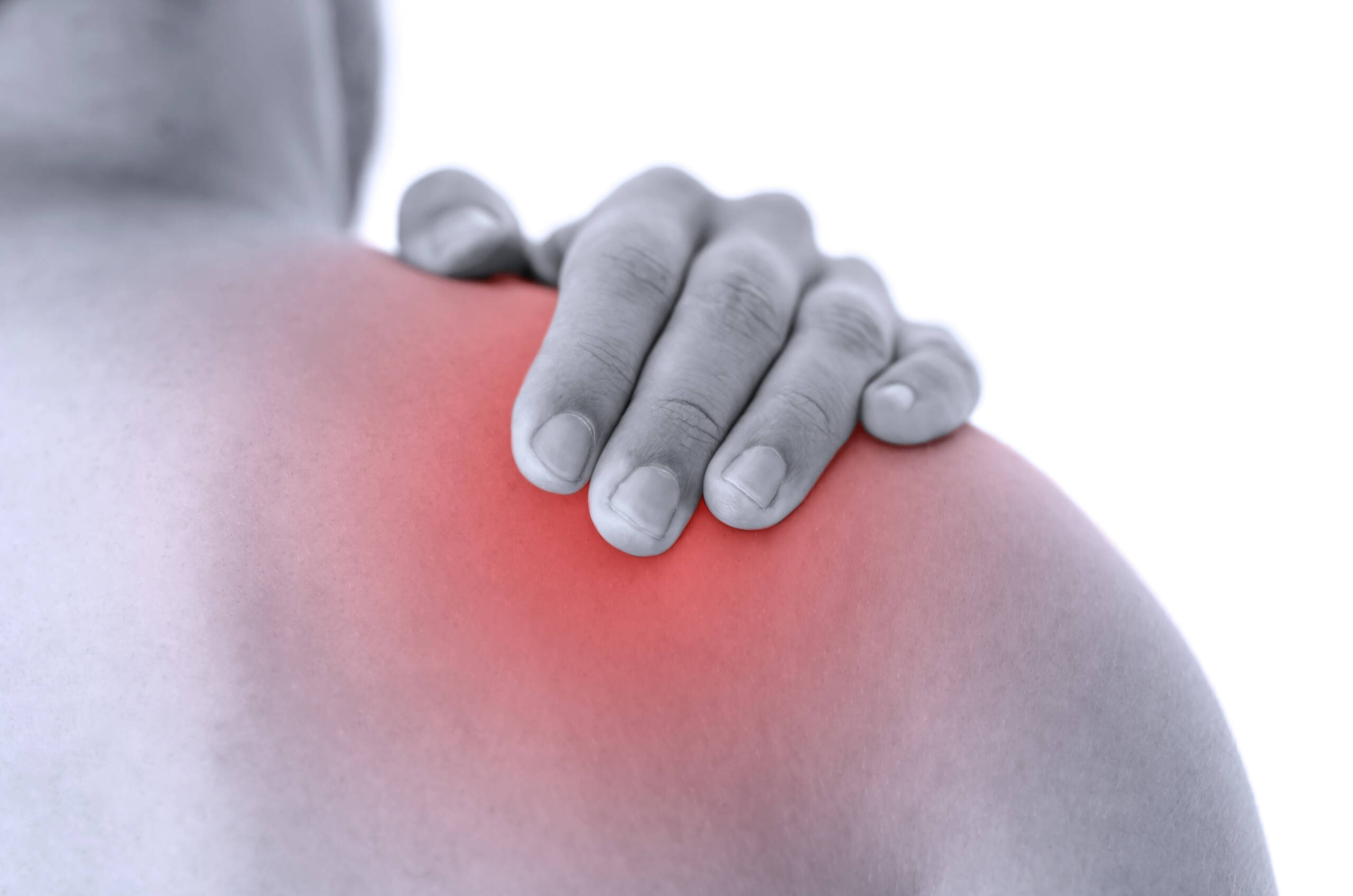
How to prepare for surgery?
Before surgery, please tell your doctor about your illness or persistent health problems (asthma, diabetes, anaemia, high blood pressure, etc.) or about any previous surgeries.
Also describe all medications, vitamin preparations, and mineral supplements you take regularly, as well as other over-the-counter medications, their amounts, and how often you take them. In addition, report any previous allergic reactions you may have to medicines or anaesthetics.
What should I do after shoulder surgery?
After surgery, a fixative bandage is placed on your arm for a period of time, which helps shorten the healing time. After the removal of the fixation bandage, rehabilitation begins, which plays a key role in getting you back to your daily activities as soon as possible.
Following the surgery, as part of the rehabilitation program, a physiotherapist will assist the patient in properly acquiring the necessary exercises.
Given that patients have different health conditions, the total recovery time varies from individual to individual. Follow-up examination is usually performed 4 to 6 weeks after surgery. Your doctor will give you precise information about this.

